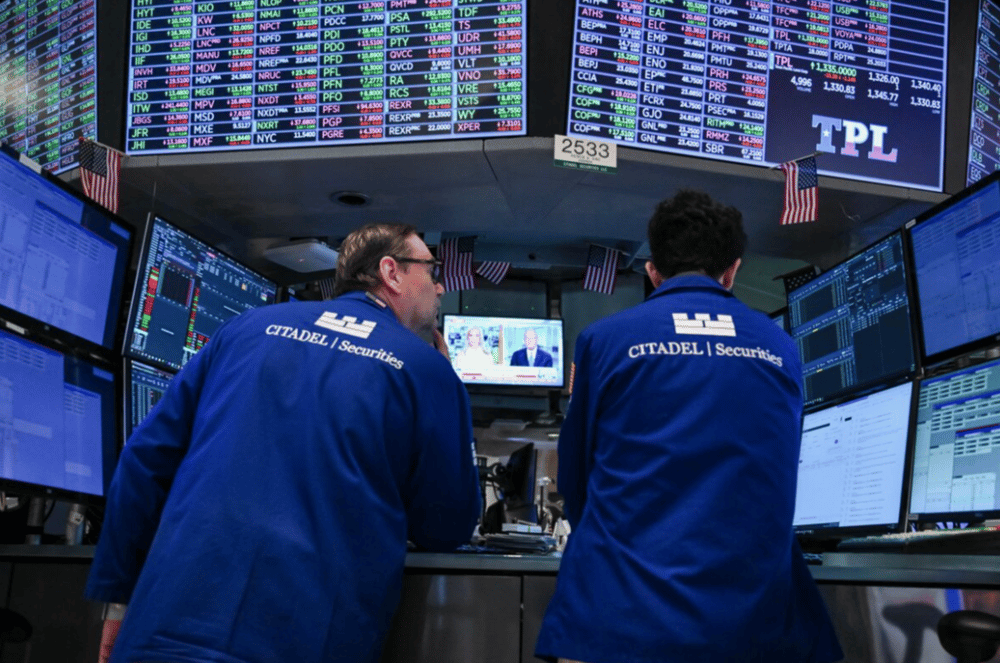US Metal Tariffs Impact: Canada’s Retaliation and EU Progress Amid Trade Disruptions
On Wednesday, the US administration under President Donald Trump doubled tariffs on steel and aluminum imports, significantly intensifying global trade tensions. This escalation not only disrupted international markets but also accelerated trade negotiations between Washington and its key allies, particularly Canada and the European Union (EU). The unfolding developments highlight the fragile state of the world economy amid tariff-induced uncertainty.
Consequences of Doubling US Tariffs on Steel and Aluminum
The US decision to increase tariffs on steel and aluminum imports has reverberated across global trade corridors. Canada, a major supplier to the US steel and aluminum markets, quickly signaled potential retaliatory measures to protect its economic interests. Meanwhile, the European Union reported progress in ongoing trade talks with the US, aiming to prevent further tariff escalation.
The doubling of metal tariffs represents a critical juncture in the US trade policy under the Trump administration, showcasing an aggressive approach toward protecting domestic industries. However, these measures come with significant risks: escalating tariffs threaten to disrupt supply chains, raise costs for manufacturing sectors, and exacerbate tensions with traditional trading partners.
Washington’s concurrent request for “best offers” from trade partners, aiming to avoid additional punitive tariffs scheduled for July, reveals a strategic attempt to balance protectionism with diplomatic negotiation. Nonetheless, the broader impact on the global metals market and associated industries remains uncertain as the international community watches closely.

US Metal Tariff Escalation and International Responses
US tariffs on steel and aluminum imports doubled on Wednesday
Canada prepared potential retaliatory tariffs in response
European Union reports progress in trade negotiations with the US
US administration solicited “best offers” from trading partners to avoid July tariffs
Tariff escalation intensifies disruptions in global metals and manufacturing sectors
Market and Diplomatic Reactions to US Tariff Doubling
The global financial markets reacted cautiously to the tariff escalation, with increased volatility observed in metal commodities and related equities. The Canadian dollar (CAD) showed signs of pressure amid fears of retaliatory trade barriers. Similarly, European markets reflected investor concerns over potential spillovers into broader industrial and export sectors.
Trade experts emphasize that the heightened tariff environment may accelerate efforts to diversify supply chains and seek alternative markets, potentially reshaping global trade patterns. EU officials highlighted ongoing negotiations as critical to de-escalate tensions and stabilize economic prospects. The Trump administration’s engagement with trade partners through requests for “best offers” signals a possible pathway to limited compromise, though the timeline and outcomes remain uncertain.

Key Takeaways
Doubling of US steel and aluminum tariffs marked a major escalation in trade tensions.
Canada is poised to implement retaliatory measures to safeguard its trade interests.
The European Union actively engaged in negotiations to mitigate further tariff impacts.
Market volatility increased across metals commodities and affected currencies like CAD.
Ongoing negotiations may influence the trajectory of global trade relations and economic stability.
Significance of US Metal Tariffs Amid Rising Global Trade Uncertainty
The doubling of US tariffs on steel and aluminum imports has introduced a new phase of volatility and uncertainty in global trade, directly impacting economies like Canada and the European Union. While these tariffs aim to protect domestic production, the retaliatory risks and supply chain disruptions pose broader challenges to economic stability. Progress in trade negotiations with the EU and efforts to secure concessions from trading partners suggest a cautious move toward resolution. However, the trajectory of US trade policy under the Trump administration remains a critical variable influencing international markets and economic forecasts.















Comments
Such a transaction underscores the strategic importance of automation in next-generation technologies
The implications for global tech competitiveness and scalability could be profound